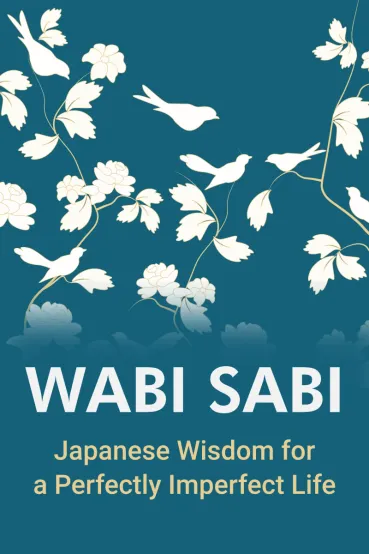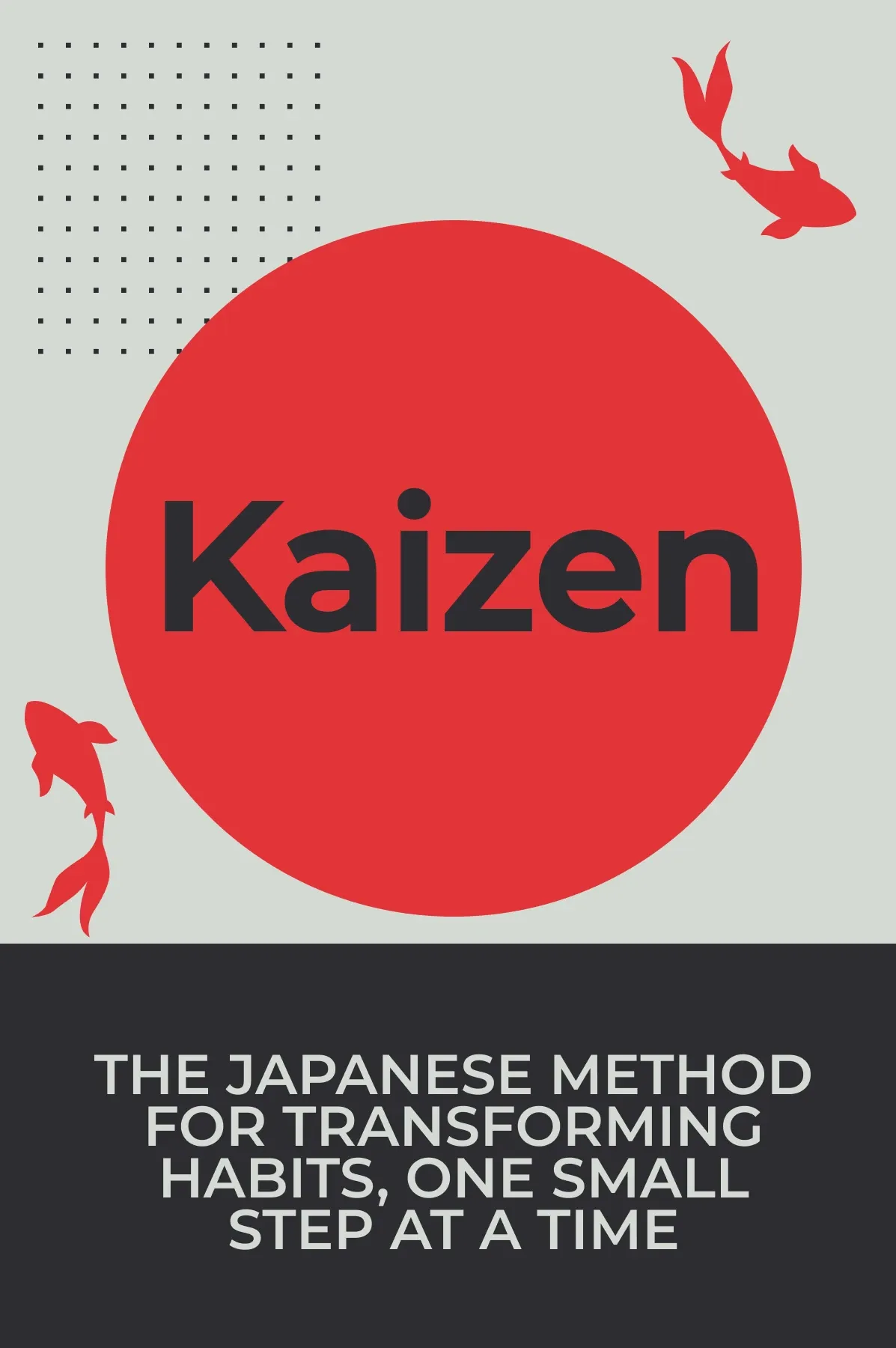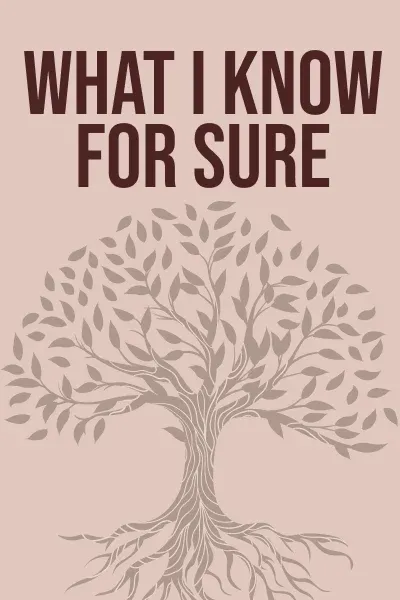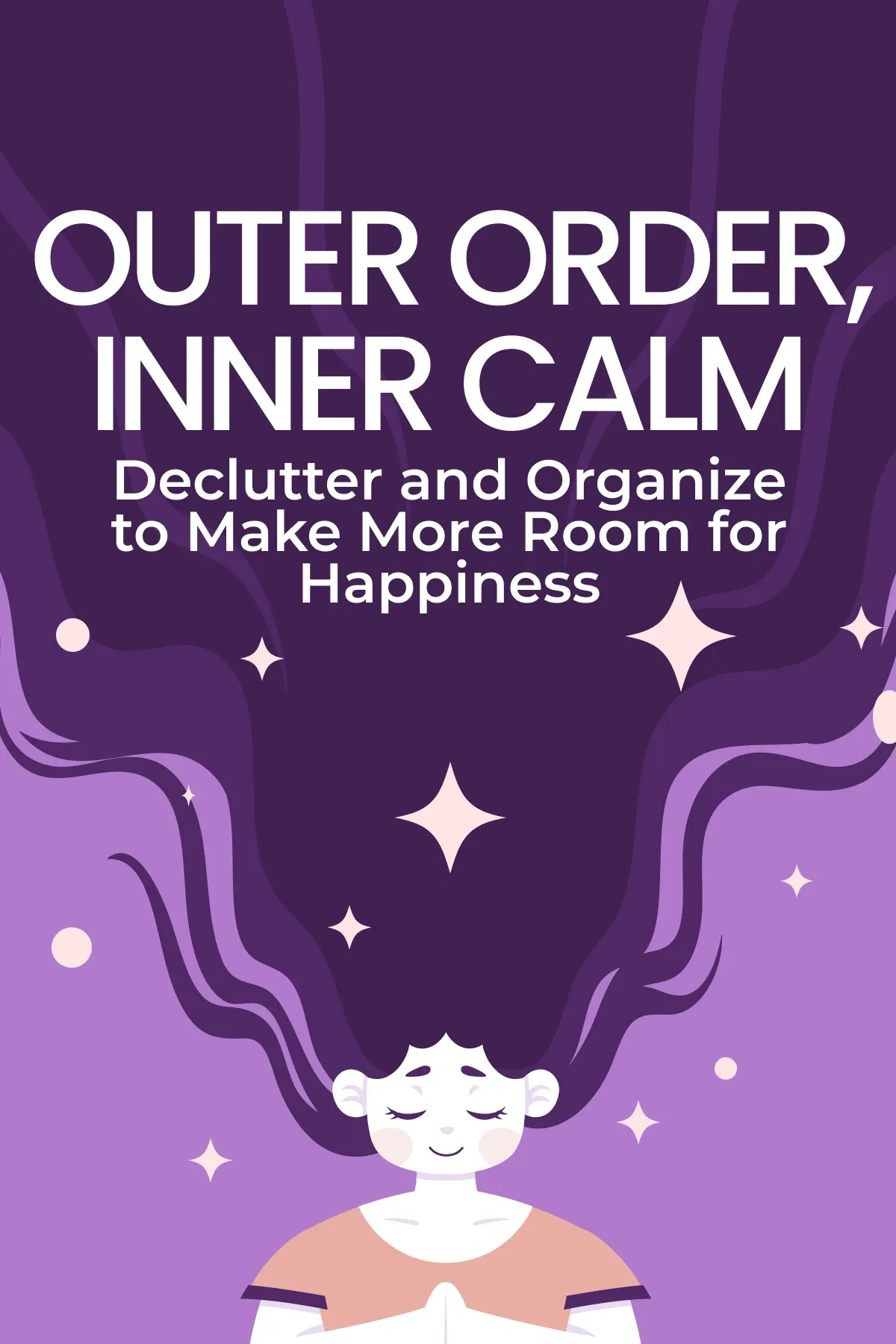
Wabi Sabi
Brief Summary
Exhausted by the modern consumer society, we more often look for the meaning of life in the depths of cultural heritage. The Japanese philosophy of wabi sabi teaches us to see the beauty in imperfection, appreciate simple things, and accept the natural course of time. “Wabi Sabi” by Beth Kempton will help you master the basics of this approach.
Key points
Key idea 1 of 7
When traveling in Japan, we rarely encounter the expression wabi sabi. Instead, we may find it split into two separate words. Although this concept goes beyond dictionary definitions, it is an integral part of Japanese identity. To understand its essence, one needs to delve into the cultural context of Japan. The philosophy of *wabi sabi* is closely related to the history of medieval tea ceremonies held by samurai in feudal Japan. They took place in the middle of the night. This way, the warriors could improve their concentration to keep their guard and find inner peace.
Over time, people began to reinterpret this simple ritual, and tea ceremonies became a sophisticated entertainment for aristocrats. However, Sen no Rikyu, a renowned tea master, saw these changes as a shift away from the true essence of the ceremonies. He took on the mission to return them to their origins, focusing on simplicity and synergy with nature. Sen no Rikyu substituted expensive tableware with more modest alternatives and replaced large tea halls with small rooms. This approach allowed people to enjoy the moment rather than material things. It was called wabi-cha.
The key to mastering the philosophy of wabi sabi lies in understanding both of its components. First, let's consider wabi. It was previously used to refer to very little wealth and sadness. This is reflected in the derivative *verb wabiru*, which means "to worry." However, the meaning of *wabi* has changed, so now it indicates a lack of distinct taste. Meanwhile, the word sabi was initially associated with the patina that appears on the surface after a while. Today, it embodies the subtle simplicity and beauty that comes from natural aging. According to Jun'ichirō Tanizaki, the Japanese do not value a bright wrapper but rather a deep glow.
The concepts of wabi and sabi are inextricably linked. *Wabi* appreciates the beauty that sabi entails. This Eastern philosophy is fundamentally different from the Western worldview. While Western culture often associates happiness with material success and perfection, wabi-sabi finds pleasure in simple things, accepting the inevitability of change and the imperfection of existence. Ultimately, this concept calls for living with more openness, less pursuit of wealth, and an appreciation of what we already possess.
You may also like these summaries











